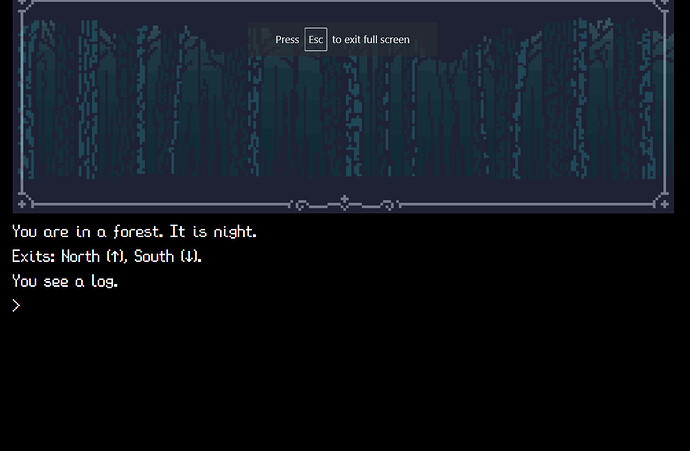Hello, I’m trying to pick between Inform 7, Twine or maybe even Adventuron and others. This has led me to realize that I know very little about picking the better option for a project I have in mind.
Currently, I am planning to make a game involving at least some level of procedural generation, a system for passing time and some role-playing features such as an inventory. I don’t want to feature creep too hard, but it’d be nice if some other elements like basic combat are possible in some way. I also want to have the ability to display pixel art graphics if possible, which is making me lean towards Adventuron, but again, unsure.
Twine has caught my attention, but I keep seeing good things about Inform. Tho, they both function differently from what i’ve read and confuses me a little.
Inform 7 looks great, but I know very little about it and am unsure if it’d be a good choice or not.
Thanks for reading! Hopefully I didn’t mess up the topic location ![]()

